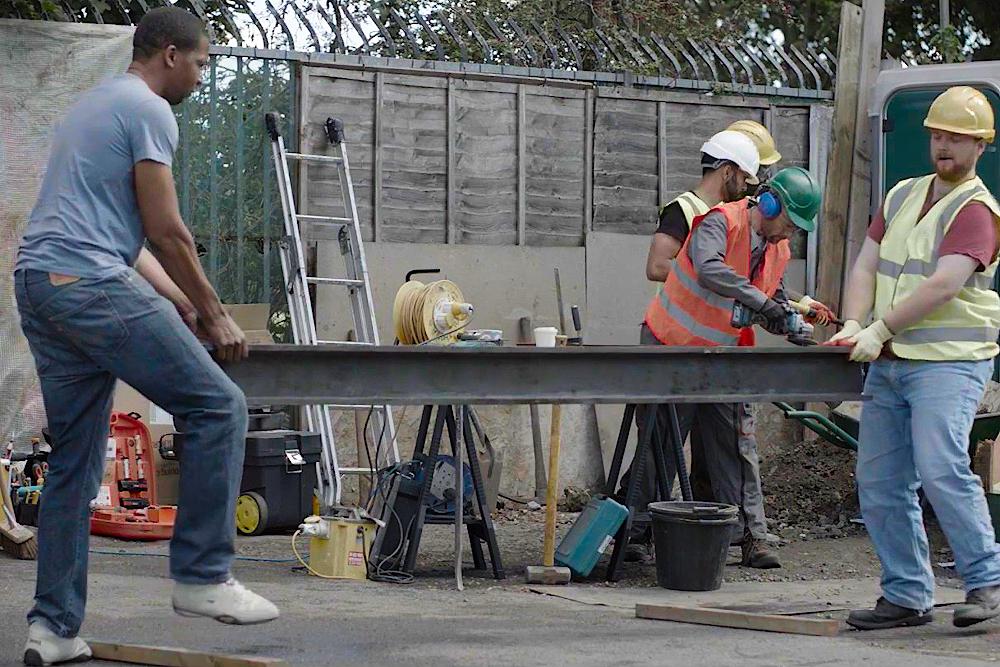
Sussex Police has this week opened a two-week campaign to focus attention on the force's teamwork to tackle modern slavery offences in the county's communities.
Chief Inspector Kris Ottery, operational lead for modern slavery said:
“Modern slavery is a serious crime that is often hidden in plain sight.
"Perpetrators exploit people from all backgrounds and will target an individual’s particular vulnerability.
"That vulnerability could be an individual’s desire to seek a better life for themselves and their families or they could be homeless living on the streets.
"There is no one stereotype to neatly define a victim of modern slavery.
"Modern slavery cases are complex and often entwined with other serious offences such as drugs, knife crime and sexual exploitation. All of these crimes trade in human misery and exploit people for profit."
Sussex Police said its efforts are in partnership with an "award winning" East Sussex based Discovery Team.
This, officers explained, is a partnership of 21 agencies that include a team of specialist police officers to maximize their combined powers to disrupt criminal activity and safeguard victims.
But what happens after a victim is recognised?
According to police, public authorities and key agencies throughout the UK refer potential victims of Modern Slavery offences to the Home Office, to identify and assess their circumstances and to enable appropriate protection and support.
This process, the 'National Referral Mechanism' or NRM, also ensures that investigative agencies are allocated the referrals to investigate.
During 2019, Sussex Police recorded 380 such cases, of which 101 were generated by police activity and enquiries.
Officers said a further event, connected with fighting against modern slavery, has been scheduled for this Friday, October 16 ahead of the tenth anniversary of Anti-Slavery Day on Sunday.
Signs of modern slavery
Sussex Police list these as the signs of modern slavery. Could someone you see, or who you know of, be in this situation?
- Do they look scruffy, malnourished or injured?
- Are they acting anxiously, or do they seem afraid or unable to make eye contact?
- Are they working, or claiming to work, long hours, wearing unsuitable clothing or have the wrong equipment for the job?
- Is where they are living overcrowded, poorly maintained or are the curtains always closed?
- Do they behave like they’re being instructed by someone else, picked up/dropped off at the same time and place every day or don’t have access to money or identification?

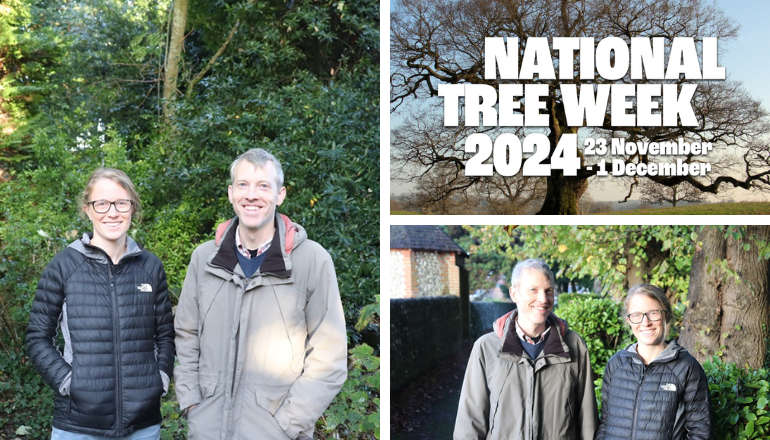 Funding Available For Tree Planting In Chichester District as National Tree Week Begins
Funding Available For Tree Planting In Chichester District as National Tree Week Begins
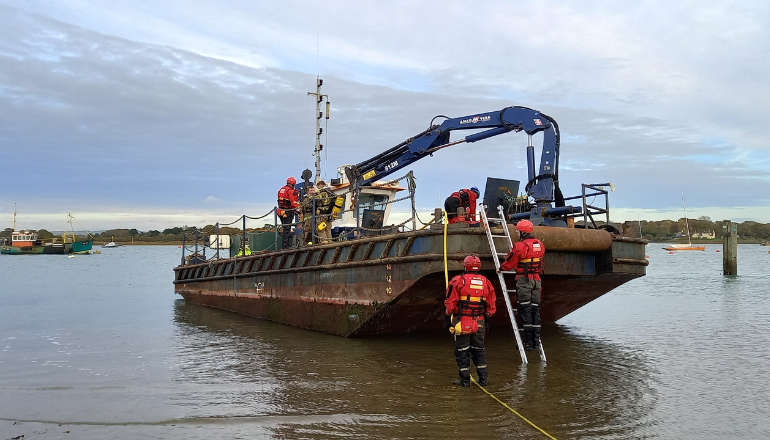 West Sussex Firefighters And Emergency Services Carry Out Training Exercise In Chichester Harbour
West Sussex Firefighters And Emergency Services Carry Out Training Exercise In Chichester Harbour
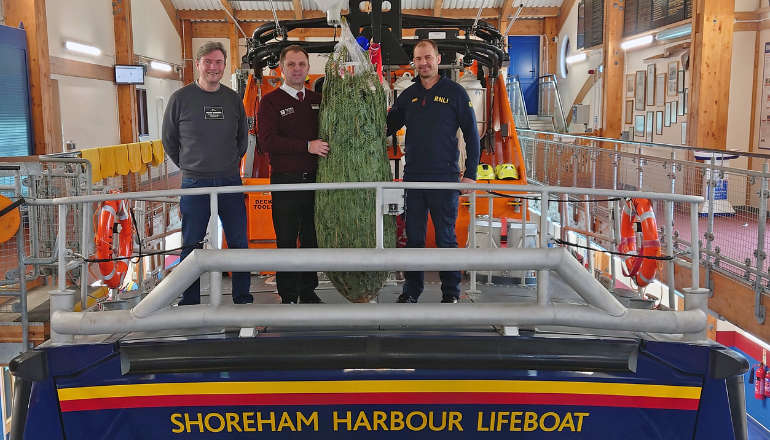 Shoreham Lifeboat’s Festive Look Boosted By Family-Run Business
Shoreham Lifeboat’s Festive Look Boosted By Family-Run Business
 Final Touches Being Made To £2m Sussex Wastewater Site Upgrade
Final Touches Being Made To £2m Sussex Wastewater Site Upgrade
 AllSaints Founder To Host Sustainable Fashion Show In Brighton To Raise Money For Homelessness In City
AllSaints Founder To Host Sustainable Fashion Show In Brighton To Raise Money For Homelessness In City
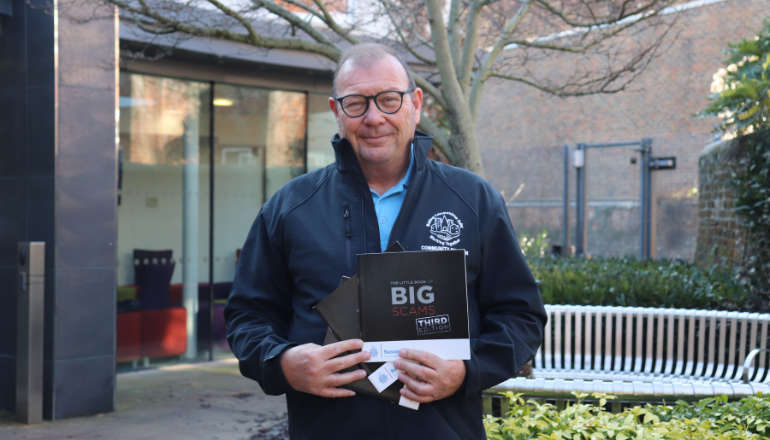 Chichester Community Warden Helping Fight Against Fraud This Christmas
Chichester Community Warden Helping Fight Against Fraud This Christmas
 Wealden Council Calls For Government Rethink On Winter Fuel Payment
Wealden Council Calls For Government Rethink On Winter Fuel Payment
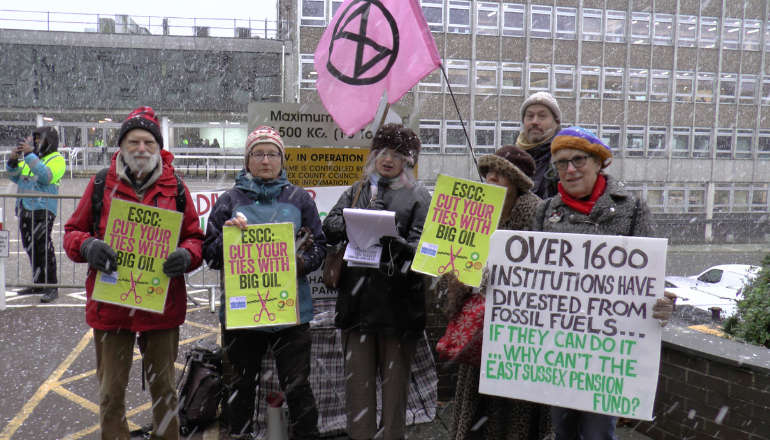 Snowy Protest At Lewes County Hall Calls For Fossil Fuel Divestment
Snowy Protest At Lewes County Hall Calls For Fossil Fuel Divestment
 Local MP Tours Firefighters’ Centre In Littlehampton
Local MP Tours Firefighters’ Centre In Littlehampton
 Former Portslade Scout Leader Convicted Of 79 Child Sex Offences
Former Portslade Scout Leader Convicted Of 79 Child Sex Offences
Comments
Add a comment